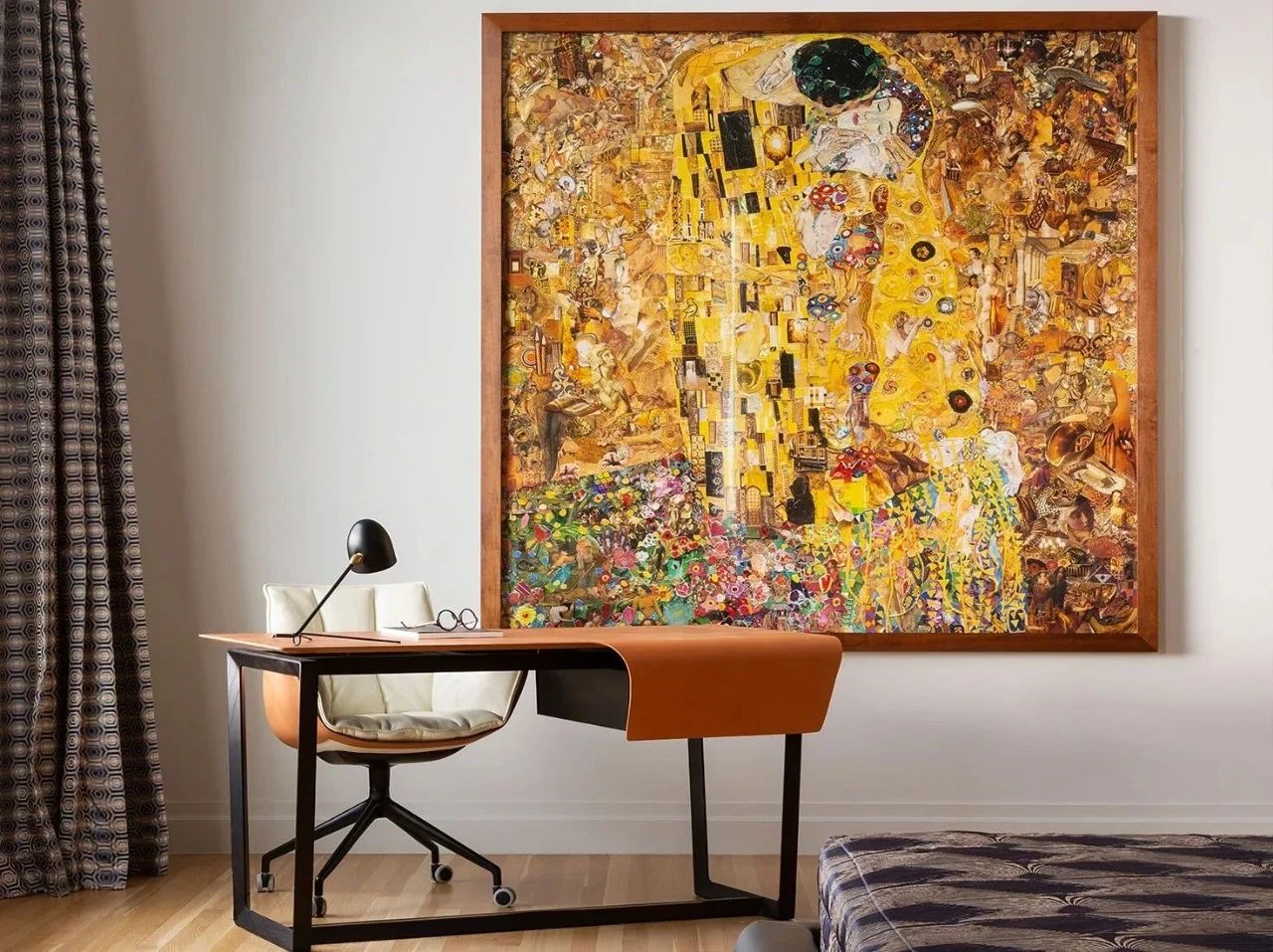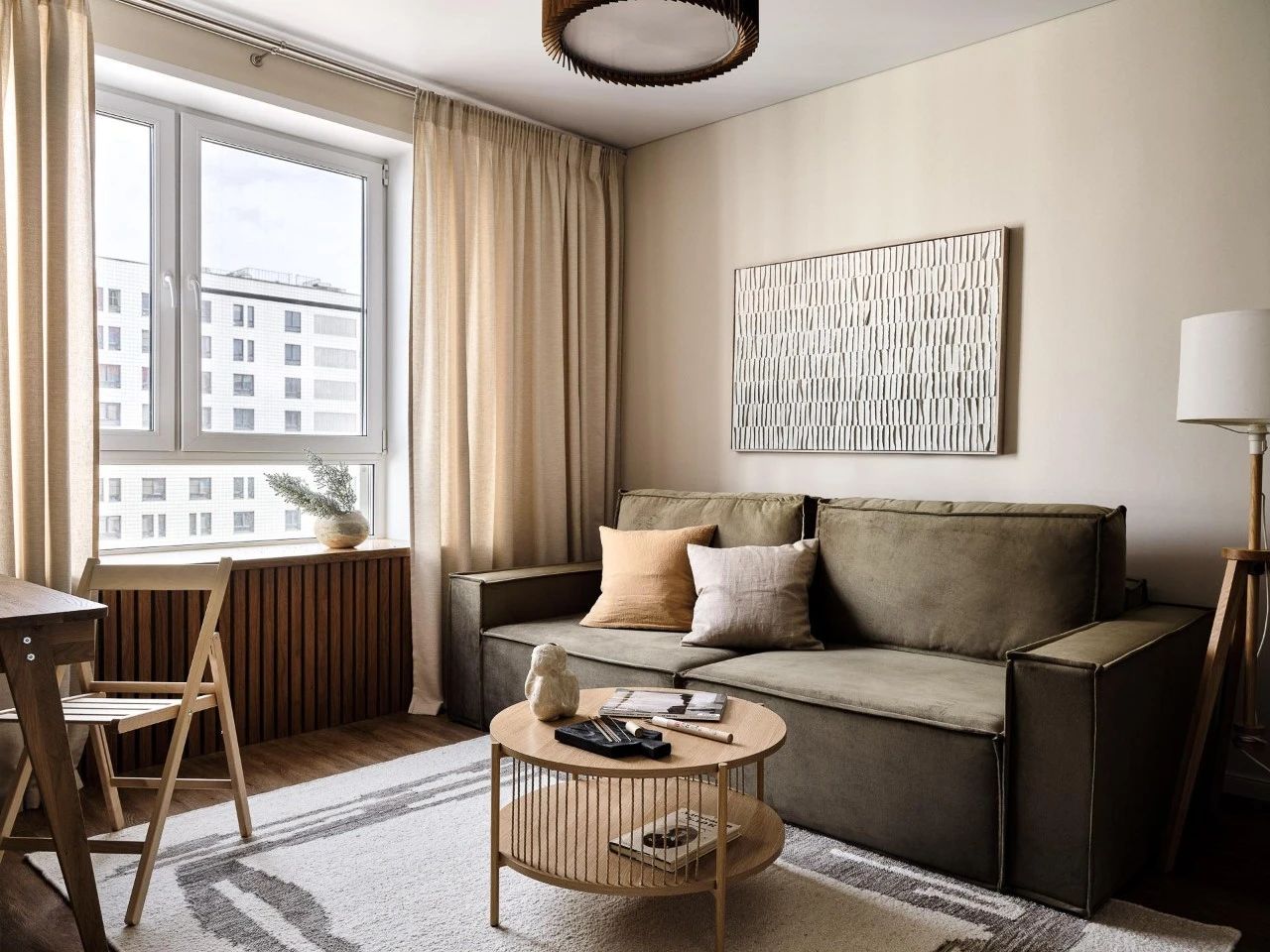El Litre Memorial Matías Leyton
2016-06-20 15:00
“El litre纪念”是在塔尔卡大学建筑学院的认证过程中进行的一项工作。这一工作位于莫勒地区以北的“洛斯克尼斯”农村城镇,其主要关系之一促成了该地区历史上的特色:这座桥充当了一条连接线路和公共基础设施,允许人们进入村庄,同时河流作为景观单元,允许开展不同的活动,主要是作为一个河流度假村。
“El Litre Memorial” It’s a work that takes place in the certification process of the Architecture school of Talca's University. Located north of Maule Region, in “Los Queñes” rural town, this work focuses in one of the principal relations that contributed with the identity of the place along its history: the bridge acts as a connecting thread and public infrastructure that allows access to the village, and at the same time the river, as unit of landscape that allows different activities, mainly as a river resort.


这项工作被安置在第一座入口桥的遗迹中,这座桥开始了这种桥梁和河流之间的关系,也是为乡村城镇的游客和居民建立第一条河流度假村的地方。正因为如此,才提出干预作为对这些废墟的拯救,在唤起过去的同时,重建集体记忆,重视结构基础,揭露一个废弃的小瓶。
The work is emplaced in the remains of what it was the first entry bridge, which gave beginning to this relation between bridge and river, also being the place in which the first river resort would be established for visitors and inhabitants of the rural town. Due to this, the intervention is proposed as the rescue of these ruins that, besides evoking the mentioned past, alows to rebuild the collective memory, valuing the structural basis, bringing to light an abandoned vial piece.
© Matías Leyton, Antonieta López.
(Matías Leyton,Antonieta López)。


在这次恢复文化遗产的活动中,目的是要干预这个已经结束的故事的毁灭,给它一个新的功能上的新生命,使它回到作为公共空间的原始来源。
In this exercise of cultural heritage recovery,the intention is to intervene this ruin of an already finished story, to give it a new life in its renewed functionality, returning it to its original source as public space.


Floor Plan




在这幅作品的恢复下,居住作为一个修复过程,作为主要的工程行动-提取和清理元素-首先摧毁和居住废墟的中心,然后揭示和提起神秘,把这些遗迹作为其目前状况的一种原材料,而不是作为过去的边缘纪念碑。
Under the recovery of this piece, to inhabit operates as a repair process, emerging as the main project actions the extraction and cleaning of the elements, first to bring down and inhabit the heart of the ruin and then to reveal and bring up the occult, placing these ruins as a raw material in its present condition, and not as some marginal monument of the past.
© Matías Leyton, Antonieta López.
(Matías Leyton,Antonieta López)。


为了保护和保护这个地方,对比出现在这个建议的中轴线上,在物质、姿态和高度上区分原来的住所,尊重纪念碑的荣耀和力量,就像一座已经灭绝的桥梁在时间上的颠簸。这项工作提高了保护这个地方的限制,不影响旧的,留下楼梯作为两种语言的主要整合要素,并作为触发新的路线。
In a bid to preserve and protect the place, the contrast appears as a central axis of this proposal to differentiate on matter, gesture and height of the original dwelling, respecting the glory and strength of the monument as stirrups of an extinct bridge in time. The workraises the conservation of this place by limits that do not affect the old, leaving the staircase as the main integrator element of both languages and as a trigger for new routes.
© Matías Leyton, Antonieta López.
(Matías Leyton,Antonieta López)。


最后,为了强调提取的作用,在手势的周长上创建了边缘保护机制。通过安装104根木柱,建立了一个支撑土壤地基结构的体系。此外,它保护并限制了纪念碑周围的寂静空间。这一新的边缘,引导和伴随着道路周围的废墟,作为一个休息,然后下降到河。
Finally, to emphasize the action of extract, the edge protection mechanism is created on the perimeter of the gesture. By installing 104 wooden pillars, a system that holds the soil groundstructure is established. Also, it protects and limits a space of silence around the monument. This new edge, guides and accompanies the road around the ruin and serves as a break before descending to the river.
© Matías Leyton, Antonieta López.
(Matías Leyton,Antonieta López)。






























































Architects Matías Leyton
Location Romeral, Romeral, VII Región, Chile
Category Memorial Center
Architect in Charge Matías Leyton
Area 120.0 sqm
Project Year 2016
Photographs Matías Leyton, Antonieta López.































